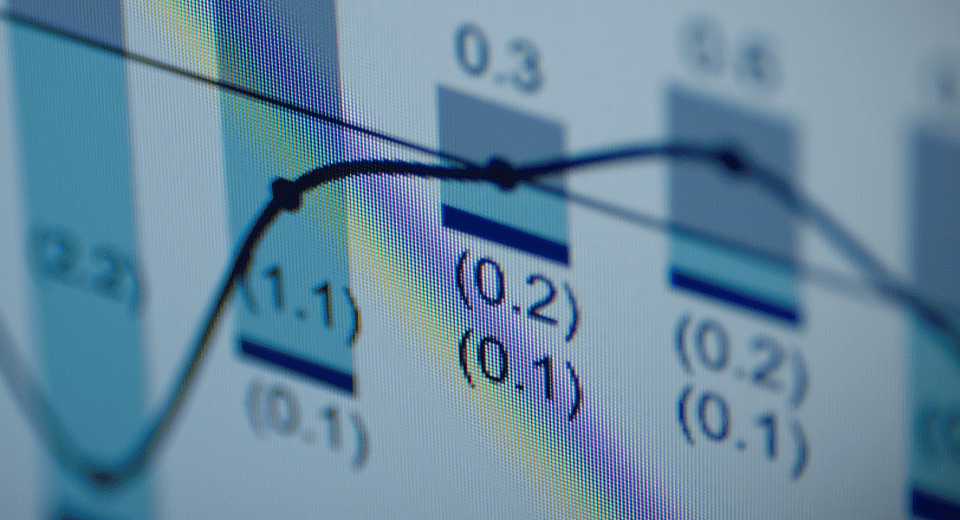The global economy has entered 2020 in a fragile state, following the slowdown that started in late 2018. The slowdown has been largely driven by the US-China trade war which dampened business confidence. Growth in 2019 was at its lowest levels since the financial crisis.
Major agencies, such as the International Monetary Fund (IMF), have lowered their growth projections for 2020, to 3%. The World Bank projected growth of 2.7% in June 2019. However, since then, some positive developments have occurred. For instance, the promise of a swift and sensible Brexit in January 2020 or the signing of the first US-China trade deal.
Still, risks loom large, on account of the rising Chinese debt levels, lack of strong monetary policies in developed economies and anti-globalisation reforms by the current US administration. What other challenges could lie in store for the global economy in 2020? Here’s a look.
Rising Protectionism in the United States and Other Nations
Globalisation is one of the keys to growth. It is necessary for the creation of wealth, generation of ideas, reduction of poverty and even for the treatment of diseases. But, the trade war between the US and China is a risk to the very idea of globalisation. There is already a decoupling between the two nations on the technology front, which is risky for investment activity in the 21st century. Supply chains are shrinking, and developed nations are becoming polarised. If the tariffs continue, countries, both developed and developing, could experience loss in economic output, which could become permanent. World trade would suffer, and global real GDP could be reduced to 1.4% in 2020.
Despite the positive news regarding the signing of the first phase deal, nothing is certain yet. The phase-one deal could be just a ceasefire. According to the Peterson Institute of International Economics, two-thirds of Chinese imports to the US and 50% of US exports to China will continue to be subjected to high tax levels. This could mean a continuous drag on the US manufacturing sector.
Also, this spat is not limited to just the US and China. Ongoing trade tussles with European countries like France are a big deal as well. The UK is scheduled to leave the EU on January 31, 2020. After that, the US will likely form new trade pacts with the UK. If the UK forms closer ties with the US, in terms of a trade deal, it could alienate other countries in Europe.
Lastly, economists are worried about the ability of the World Trade Organisation to resolve disputes. If countries are able to slap import duties on each other’s goods at their own will, then the world could be pulled into a financial recession.
Concerns Over China’s Economy
With the sheer size of Chinese economy, its growth looms large on the global growth outlook. The trade war has hit the Chinese economy hard, particularly the manufacturing sectors of office machinery, communications equipment and computers. According to the UN Trade Agency, exports in these sectors have declined by $15 billion. Chemicals, furniture and other electrical machinery companies have also suffered. The IMF predicts 5.8% growth for the Chinese economy in 2020, which is extremely low compared to recent years.
China is trying to restructure its economy, by reducing its debt levels and concentrating more on consumer spending. But fiscal stimulus, on which the country seems keen at present, increases risks of further widening its public debt. The effects of a Chinese slowdown would be felt by major developing economies like Russia, Hong Kong, Vietnam and India.
Low Interest Rate Woes
More than 33 Central Banks in developed countries slashed their interest rates in 2019, to propel growth in their nations. According to Moody’s, interest rates will remain low and yield curves flat for 2020 and beyond.
While this is good for companies, the lower borrowing costs will weigh on currency valuations. Banks and insurers could face a difficult operating environment too. There are a few risks associated with this, such as:
- Japan and some major European nations are already in the negative interest rate territory. The US Fed slashed rates three times in 2019. But economists say that monetary easing has not produced the desired results. They say that central banks have run out of viable options. For investors, this would mean a further deterioration of economic conditions. This is bad for investment psychology.
- Interest rate volatility is a large driver of equity valuation. Interest rate compression acts as a cushion for market sell-off events. With such extreme low interest rate levels, there is no room for any further lowering in extreme events. Portfolio diversification will not provide the desired results, as bonds would not be able to provide the balance investors need, when market crashes occur.
- Banks could suffer from operational risks. Everything from currency risks to collateral management systems could be affected.
- With lower interest rates globally, major economic centres like the US, UK, Japan and the Eurozone have no room to boost global liquidity. International banks in these big economies could become inefficient and unable to boost credit and funding conditions. The next financial crisis could spiral quickly out of control.
- Global debt levels, for both developed and developing economies, are at record highs. According to the World Bank, emerging nations hold $50 trillion in debt. This means that they are at greater risk of collapse due to any general slowdown. At the same time, central banks are not in a position to counter any fresh debt shocks. Any event, such as corporate bankruptcy or a continued trade war could have immediate and drastic impacts.
However, not everything is gloomy. According to Goldman Sachs, a more sequential pattern of slowing growth was visible at the end of 2019. The US-China trade de-escalation will make things better. In the UK, the Brexit drag will ease, as will its fiscal policy. Growth will be slightly better, with limited recession risks at present. If global risks decline, money from the US Dollar will flow into the emerging nations. This could unlock opportunities in Asian assets.
Reference Links
Start Trading in 3 easy steps
1
Complete the Application Form
It takes just minutes for us to verify your identity and set up your account.
2
Download MT4 Platform
Download MT5 and trade via your desktop, mobile or tablet. No minimum deposit required.
3
Start Trading
Trade more than 60 products (Forex, CFDs & Commodities)





